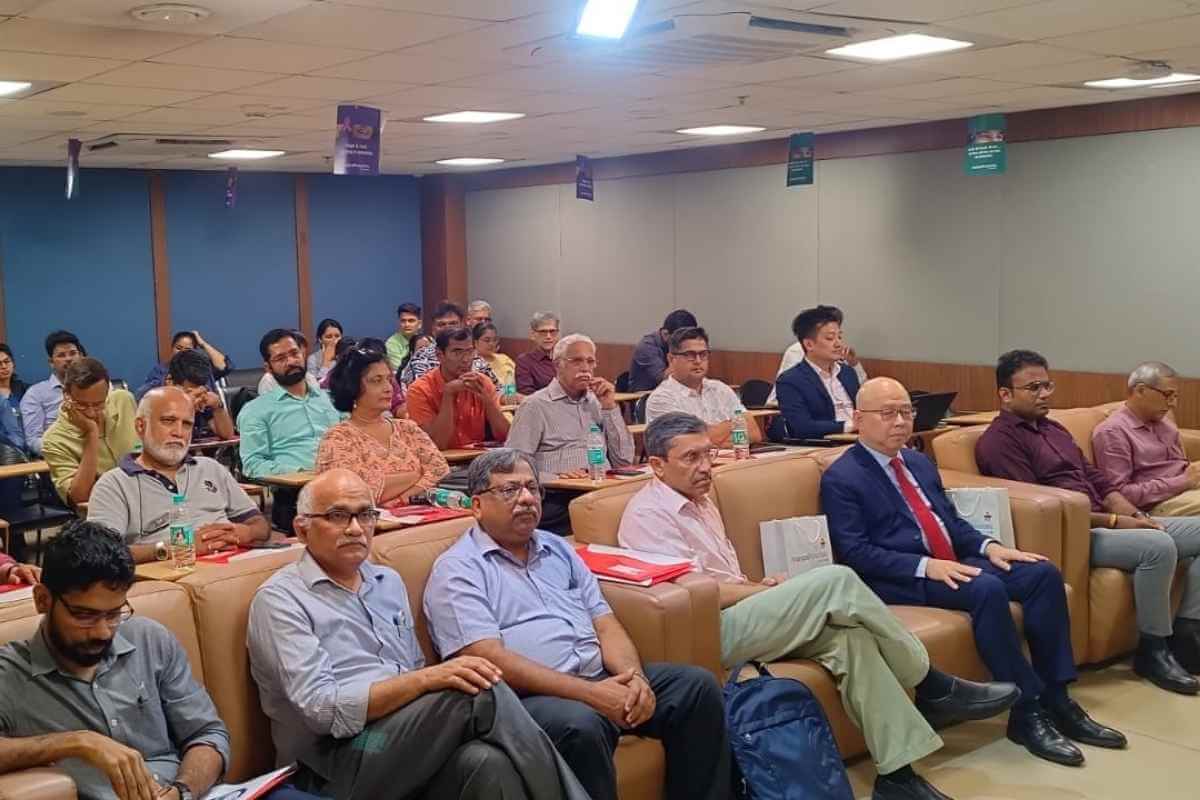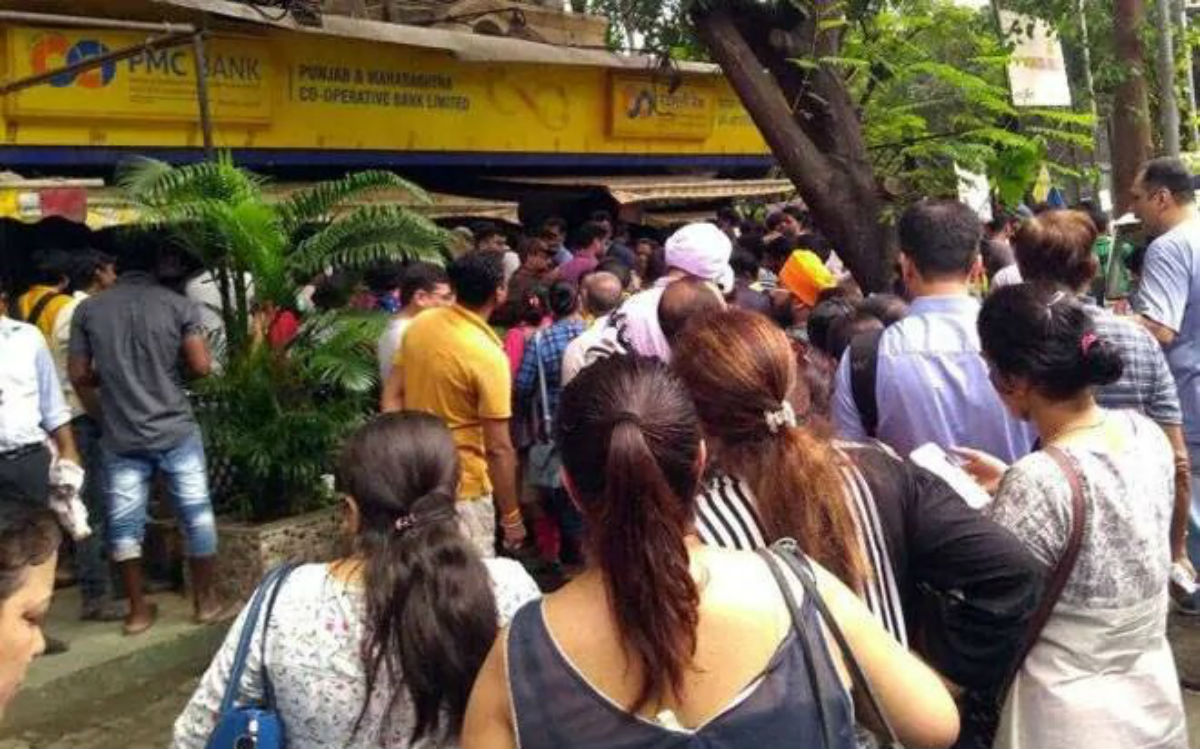In a world still grappling with prejudices around caste and gender, Mr. Sandeep Mangwana’s story is nothing short of extraordinary. A queer Dalit man from a financially struggling family, his life journey is a testament to resilience, creativity, and the power of self-empowerment. Today, Mr. Mangwana is a celebrated drag artist, performer, and pioneering force in Goa’s burgeoning drag scene. His story not only illuminates the struggles faced by marginalized communities but also underscores the transformative power of art, passion, and authenticity.
A Childhood Shaped by Struggles and Privileges
Born into a Dalit family in Mumbai, Mr. Mangwana’s childhood was a complex blend of privilege and hardship. As the only son among seven children in a family that worked as sewer cleaners and garbage collectors, he was both pampered and burdened by societal expectations. Despite excelling academically and in extracurricular activities, caste-based prejudice meant he was continually reminded of his place in a world that saw him as lesser.
Additionally, his family, deeply influenced by traditional norms, regarded his artistic interests as mere hobbies rather than legitimate aspirations.
Breaking the Chains: The Struggle for Identity and Expression
Education played a pivotal role in shaping Mr. Mangwana’s early life, but it also became a source of internal conflict. Although he benefited from an English-medium education, affording him certain privileges, his path was far from smooth. His family, particularly concerned about social perception, discouraged his aspirations of becoming a fashion designer, fearing it would affirm the “gay” label he had already internalized. He was instead pushed toward a career in hospitality, which led to unpleasant experiences and ultimately caused him to drop out midway.
Nonetheless, Mr. Mangwana’s resilience prevailed. Determined to pursue his passion, he saved money by working in the Bollywood industry and eventually enrolled in a short course at NIFT to study fashion design, proving that no amount of discouragement could dim his creative spirit.
From Bollywood to Drag: A Journey of Self-Discovery
For Mr. Mangwana, artistic expression has always served as a means to transcend adversity. A natural creative, he fondly recalls joining the Sumit Nagdev Dance and Arts Foundation at the age of 16, marking the start of his dance journey. This opened doors to the Bollywood industry, where he worked with icons like A.R. Rahman and Toby Fernandes and performed on platforms such as Jhalak Dikhhla Jaa.
Yet it was in Goa that Mr. Mangwana found his true calling. “Goa has always been my second home,” he shares. “The nature, the slower pace of life, the sense of peace—it allowed me to reconnect with myself.”
The Power of Goa: A New Beginning and Home for Drag
Mr. Mangwana’s bond with Goa runs deep—he’s been visiting the coastal state since he was 16. After years of personal hardship in Mumbai, including a toxic relationship and the loss of his mother, Goa became his sanctuary. “I needed a place where I could breathe, heal, and rediscover myself. Goa gave me that,” he reflects.
It was here that Mr. Mangwana, under his drag persona Sandy SalAura, began to establish drag as both a personal and professional endeavor. In the calm of Goa’s beaches and its rich cultural milieu, he found not only his artistic purpose but also a community that embraced his authenticity. Today, Mr. Mangwana is a central figure in Goa’s drag scene, performing across India and internationally. His work—featured in events like The Spotlight Monologues in Goa and the LaLaLand Festival in Amsterdam—has helped place Goa on the global drag map.
A Pioneering Force: Changing Goa’s Cultural Fabric
Mr. Mangwana’s efforts to bring drag into mainstream spaces in Goa have been transformative. Beyond performance, he has worked diligently to create professional platforms for drag artists, particularly those from marginalized backgrounds. His work is helping to reimagine Goa as a culturally significant destination for drag artistry, inspiring a new generation of performers to embrace the art form.
Challenges and Triumphs: Embracing One’s Uniqueness
His journey has not been without its share of obstacles. As a queer Dalit individual, Mr. Mangwana has faced both caste-based discrimination and homophobia. “Growing up, I was always reminded that I didn’t belong to the right caste, the right background—but I knew my worth. I knew I had to stay true to who I am, no matter what.”
His advice to queer individuals and aspiring artists is simple yet powerful: Surround yourself with healthy, inspiring people; work relentlessly on your craft; be assertive about your uniqueness; and don’t fear being different. That’s where true growth happens.
A Vision for the Future: Creating Spaces for Drag Artists
Looking forward, Mr. Mangwana envisions a future where drag is respected and recognized as a legitimate cultural and professional pursuit. He aims to build platforms that not only host performances but also offer workshops, training, and employment opportunities for drag artists. His dream is to see drag evolve into a viable career path that offers both creative fulfillment and financial stability for queer individuals.
“I want to create productions that are meaningful, professional, and high-quality. It’s important to show that drag is not just about performing—it’s about crafting stories that matter,” he says.
Conclusion: Living Authentically
Mr. Mangwana’s story is a powerful testament to the life-changing impact of embracing one’s true self. As he continues to lead and inspire within the drag community, he reminds us that real success lies in honoring our authenticity and celebrating the uniqueness within each of us.

























